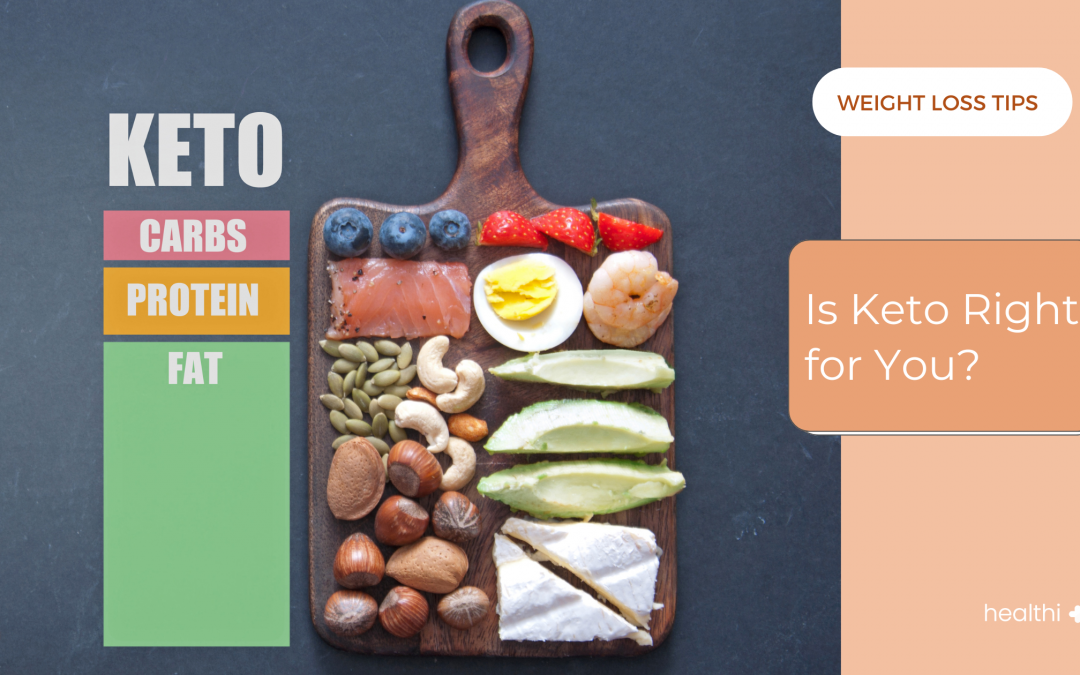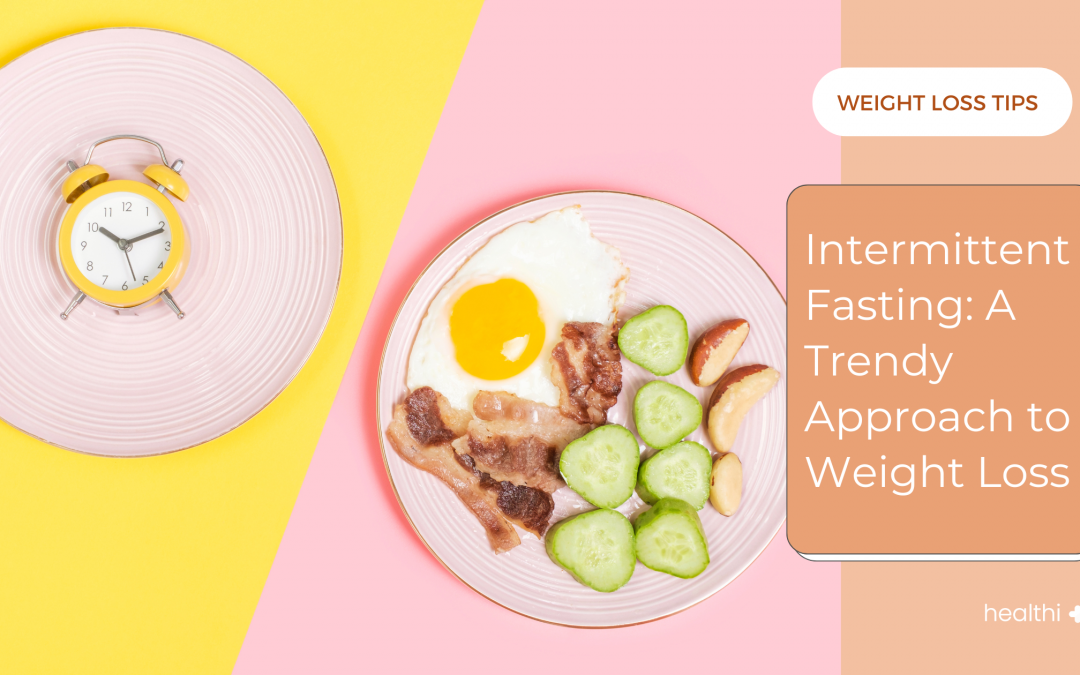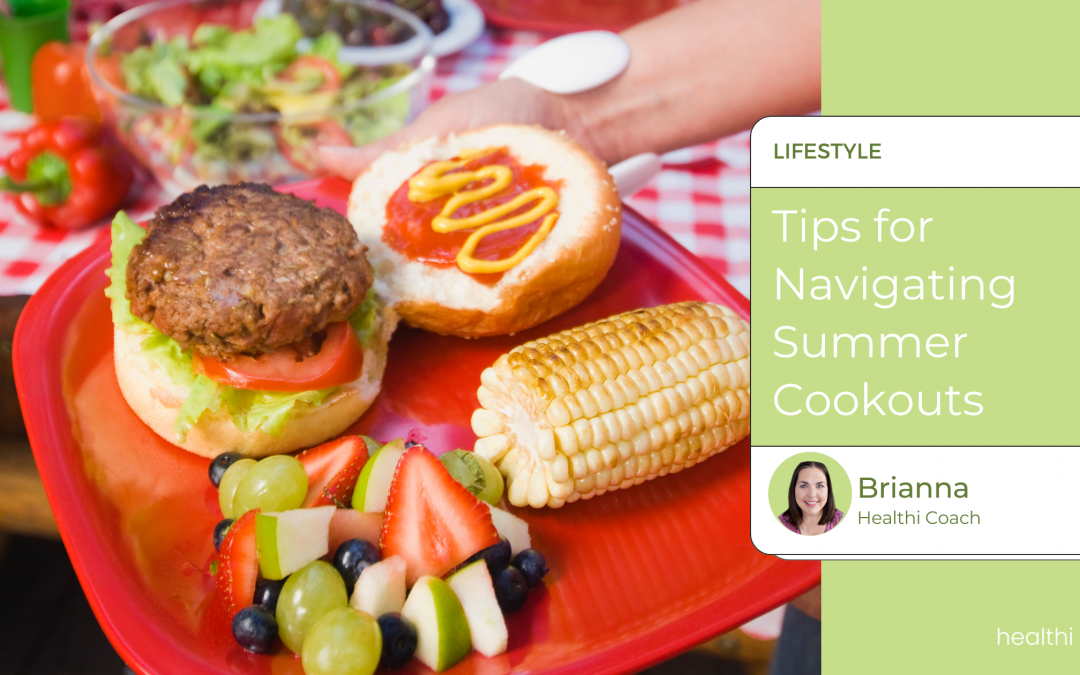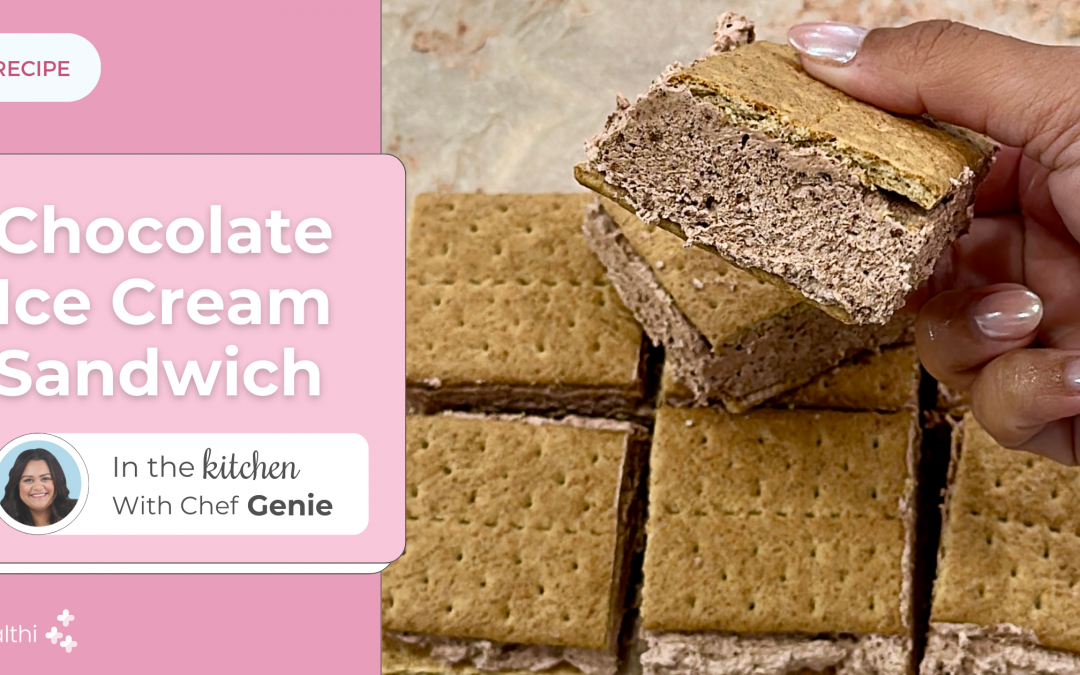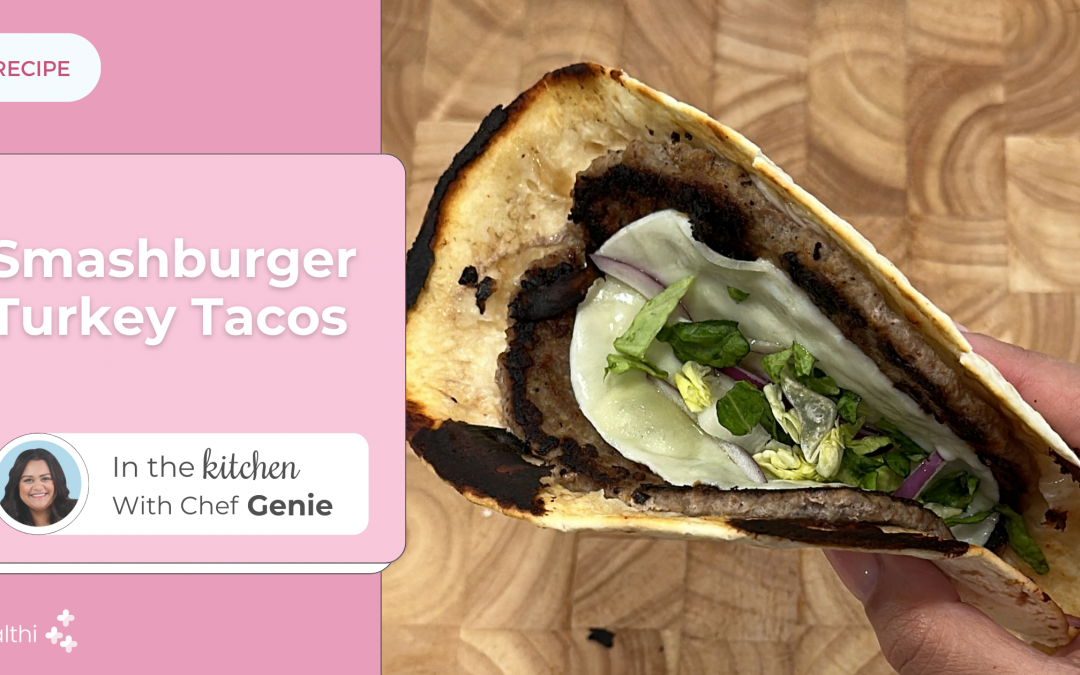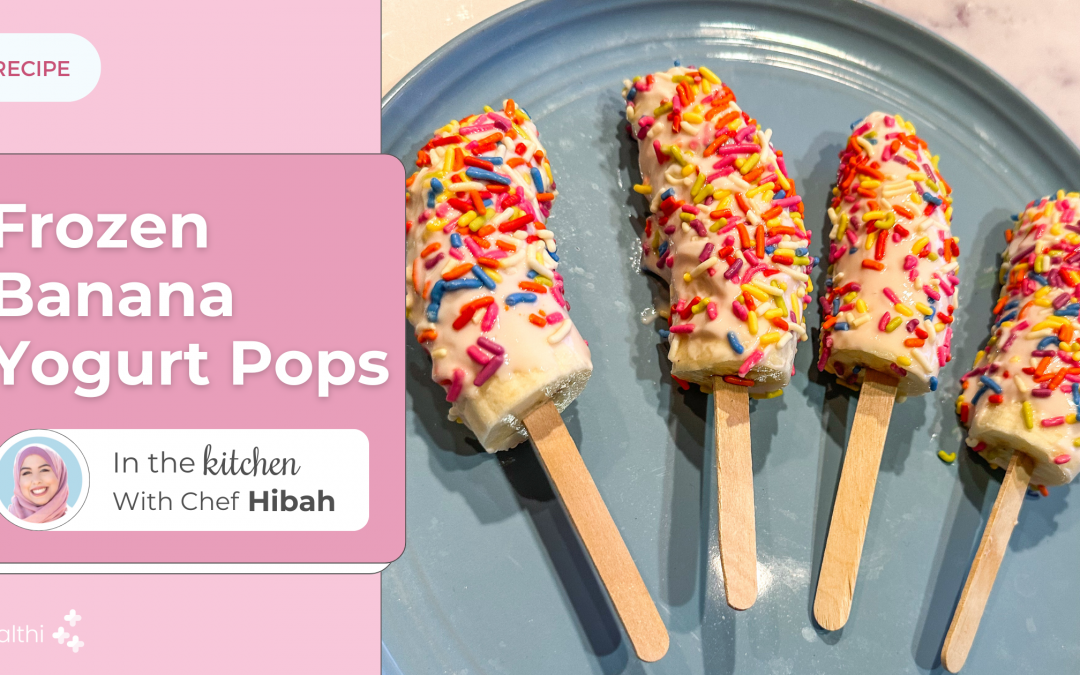Eating on the Go: Healthy Options for Busy Lifestyles and Weight Loss
In today’s fast-paced world, finding time to prepare and enjoy nutritious meals can be a challenge, especially for busy women juggling multiple responsibilities. However, maintaining a healthy diet is crucial for weight loss and overall well-being. The good news is that with a little planning and some smart choices, it’s possible to eat healthily even when you’re constantly on the go. This article will provide valuable tips, ideas, and strategies for incorporating healthy eating habits into a busy lifestyle, supporting weight loss goals and promoting optimal health.
Overview:
- The importance of healthy eating for weight loss
- The importance of planning ahead for healthy eating on the go
- How to meal prep effectively
- How to snack smart on-the-go
- Navigating restaurant menus for healthy eating on the go
- Balancing convenience and nutrition
- Conclusion
The importance of healthy eating for weight loss
When it comes to weight loss, many people tend to focus solely on exercise or restrictive diets. However, the foundation of successful weight loss lies in healthy eating. Making nutritious food choices is not only essential for shedding those extra pounds but also for achieving overall well-being. This section highlights the importance of healthy eating in the context of weight loss and provides insights into how it supports your journey towards a healthier body and lifestyle.
- Fueling Your Body with Nutrients: A balanced and nutritious diet provides your body with the essential nutrients it needs to function optimally. When you prioritize healthy eating, you ensure that your body receives the right amount of vitamins, minerals, proteins, carbohydrates, and fats. These nutrients support your metabolism, energy levels, and overall health, enabling your body to efficiently burn calories and facilitate weight loss.
- Managing Caloric Intake: Weight loss ultimately boils down to a caloric deficit, where you consume fewer calories than you burn. Healthy eating plays a crucial role in managing your caloric intake. By choosing nutrient-dense foods that are lower in calories, you can feel satisfied while still reducing your overall energy consumption. Incorporating whole foods, lean proteins, fiber-rich fruits and vegetables, and healthy fats can help you stay satiated and maintain a sustainable calorie deficit.
- Enhancing Metabolism: Your metabolism determines how efficiently your body burns calories. Healthy eating can positively impact your metabolism, allowing you to burn calories more effectively. Certain foods, such as those high in protein and fiber, require more energy to digest, leading to a higher metabolic rate. Additionally, regular, balanced meals throughout the day can help keep your metabolism active and prevent it from slowing down.
- Controlling Cravings and Emotional Eating: Unhealthy eating habits often stem from cravings and emotional eating, which can derail your weight loss efforts. By adopting a healthy eating approach, you can better control cravings and emotional triggers. Nutrient-dense foods that are rich in fiber, protein, and healthy fats can keep you feeling satisfied and stabilize blood sugar levels, reducing the likelihood of succumbing to unhealthy cravings or emotional eating episodes.
- Supporting Long-Term Success: Sustainable weight loss is not just about shedding pounds quickly but maintaining a healthy weight in the long run. Healthy eating habits create a solid foundation for lasting success. By making conscious choices to prioritize nourishing foods and developing a positive relationship with food, you cultivate sustainable habits that support your weight loss journey and overall well-being.
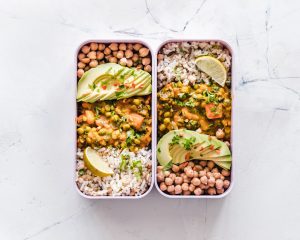
The importance of planning ahead for eating healthy on the go
One of the most effective strategies for maintaining a healthy eating routine and achieving weight loss goals is planning ahead through meal prep. When life gets busy, having pre-prepared meals and snacks on hand can help you stay on track with your nutrition and prevent impulsive food choices. This section emphasizes the importance of meal prep and provides practical tips on how to incorporate it into your routine.
- Meal prep saves you valuable time and effort throughout the week. By dedicating a specific time to plan and prepare your meals in advance, you can streamline your cooking process and eliminate the need to make time-consuming decisions about what to eat each day. This allows you to focus on other tasks and ensures that you always have healthy options readily available.
- Portion control is crucial for weight loss, and meal prep helps you achieve this by pre-portioning your meals and snacks. By preparing and packaging your food in advance, you can control serving sizes and avoid overeating. This practice not only supports your weight loss goals but also helps you develop a healthier relationship with food and better understand appropriate portion sizes.
- Meal prep empowers you to make intentional and nutritious food choices. When you plan and prepare your meals in advance, you have full control over the ingredients and can incorporate a variety of nutrient-dense foods. By including lean proteins, whole grains, fruits, vegetables, and healthy fats in your prepped meals, you ensure that your nutrition is well-balanced and aligned with your weight loss goals. However, in addition to this, you can also use the Healthi app, which serves as a valuable tool for maintaining a balanced diet. It generates personalized meal plans and offers a wide range of recipes to keep your eating habits diverse and enjoyable. The app also introduces the concept of BITES, assigning numerical values to food items to help you make informed choices and monitor your consistency and progress.
- Meal prep allows you to track and manage your caloric intake more effectively. By pre-logging or pre-planning your meals, you can keep a close eye on the number of calories you consume each day. This awareness helps you maintain a calorie deficit and supports weight loss. Additionally, having pre-portioned meals and snacks readily available reduces the temptation to grab convenient but less healthy options on the go.
- Meal prep doesn’t mean eating the same meal every day. In fact, it provides an opportunity to incorporate variety into your diet. With proper planning, you can prepare a range of meals and snacks that offer different flavors, textures, and nutritional profiles. This helps you avoid monotony and stay motivated on your weight loss journey.
How to meal prep effectively
- Plan your meals: Decide on the number of meals and snacks you need for the week and create a meal plan that includes a variety of nutritious options.
- Grocery shop: Make a detailed grocery list based on your meal plan and stock up on fresh produce, lean proteins, whole grains, and other healthy ingredients.
- Cook in batches: Dedicate a specific time each week to cook larger portions of proteins, grains, and vegetables that can be used in multiple meals.
- Portion and pack: Divide your cooked food into individual or family-sized portions and store them in airtight containers or meal prep containers.
- Refrigerate or freeze: Properly store your prepped meals and snacks in the refrigerator or freezer to maintain their freshness and safety.
- Grab and go: When it’s time to eat, simply grab your prepped meals or assemble them quickly using the pre-cooked components.
How to snack smart on-the-go
When you’re constantly on the go, finding healthy snack options can be a challenge. However, snacking smart is an essential part of maintaining a balanced diet and achieving weight loss goals. This section focuses on the importance of smart snacking and provides practical tips for selecting nutritious and convenient snacks to fuel your busy lifestyle.
- Prioritizing Nutrient Density: When selecting snacks, prioritize nutrient-dense options that provide essential vitamins, minerals, and macronutrients. Choose snacks that offer a good balance of protein, fiber, and healthy fats, which will help you feel satisfied and keep your energy levels stable. Opt for whole foods such as fruits, vegetables, nuts, seeds, and Greek yogurt, which provide valuable nutrients without excessive calories.
- Portion Control: Even with healthy snacks, portion control is key. Avoid mindlessly eating from large packages or containers. Instead, pre-portion your snacks into individual servings or use small reusable containers or snack-sized bags. This practice helps you control your calorie intake and prevents overeating.
- Packable and Portable Options: Select snacks that are easy to pack and carry with you on-the-go. Choose foods that are not easily perishable and can withstand being tossed in a bag without getting crushed or spoiling. Examples include pre-cut vegetables, single-serving nut butter packets, protein bars, trail mix, or dried fruit. Keep a stash of these snacks at your desk, in your bag, or in your car, so you always have a nutritious option available when hunger strikes.
- Mindful Snacking: Practice mindful eating even when snacking on-the-go. Take the time to savor and enjoy your snacks, rather than mindlessly consuming them. Eat slowly and pay attention to your body’s signals of hunger and fullness. By being present and mindful, you’ll not only appreciate the flavors and textures of your snacks but also avoid overeating.
- Hydration: Often, what we perceive as hunger is actually thirst. Stay hydrated by carrying a water bottle with you and sipping water throughout the day. Additionally, include hydrating snacks like cucumber slices, watermelon cubes, or celery sticks, which can help keep you feeling refreshed and satisfied.
- Reading Labels: When choosing packaged snacks, read the labels carefully. Look for snacks with minimal added sugars, artificial ingredients, and unhealthy fats. Aim for snacks that are made from whole, recognizable ingredients and have a good balance of macronutrients. Pay attention to portion sizes and be mindful of the overall nutritional value of the snack.

Navigating restaurant menus for healthy eating on the go
Eating out at restaurants can pose challenges for those striving to maintain a healthy diet and achieve weight loss goals. However, with the right strategies and mindset, you can make informed choices that align with your health objectives. This section highlights the importance of navigating restaurant menus wisely and provides practical tips for making healthy choices while dining out.
- Pre-Planning and Research: Before heading to a restaurant, take some time to research the menu in advance. Many restaurants now provide their menus online, allowing you to review the options and make a more informed decision. Look for healthier menu items or dishes that can be easily modified to fit your dietary preferences. By planning ahead, you can resist the temptation of unhealthy choices and ensure you select a meal that supports your weight loss journey. To make the process easier for you, Healthi has a wonderful online Restaurant Guide for many dine in and fast food chain restaurants. It provides healthier menu options along with calorie and macronutrient counts, which helps take out some of the guesswork when choosing a meal.
- Portion Control: Restaurant portion sizes are often larger than what we need for a single meal. Be mindful of portion control and consider sharing a dish with a friend or asking for a half portion. Alternatively, you can ask the server to pack half of the meal in a to-go container before it even reaches your table. This practice not only helps you manage your calorie intake but also allows you to enjoy the restaurant experience without overindulging.
- Mindful Ordering: When placing your order, pay attention to how the food is prepared. Opt for dishes that are grilled, baked, steamed, or roasted instead of fried or breaded options. Choose lean protein sources such as grilled chicken, fish, or tofu, and prioritize vegetables as a side dish or salad. Request dressings, sauces, and condiments on the side to control the amount you consume.
- Customization and Substitutions: Don’t be afraid to customize your meal to fit your dietary needs. Ask for modifications like substituting fries for a side salad or steamed vegetables. Request whole-grain options for bread, pasta, or rice whenever possible. Most restaurants are accommodating and willing to accommodate special requests, so don’t hesitate to ask for healthier alternatives.
- Be Mindful of Hidden Ingredients: Many restaurant dishes contain hidden ingredients such as added sugars, unhealthy fats, and excessive sodium. Pay attention to descriptions and ask the server about the ingredients or cooking methods if you have concerns. Be cautious of menu items labeled as “creamy,” “fried,” “crispy,” or “smothered,” as they often indicate higher calorie and less healthy options.
- Moderation and Enjoyment: While making healthy choices is important, it’s also essential to practice moderation and allow yourself to enjoy your dining experience. If there’s a dish you truly love but it may not be the healthiest option, consider having it occasionally as a treat. Remember that sustainable and successful weight loss involves finding a balance between nourishing your body and indulging in your favorite foods.
Balancing convenience and nutrition
Maintaining a healthy diet while living a busy lifestyle can often feel like a difficult task. However, with the right strategies, it is possible to balance convenience and nutrition, ensuring that you make healthy choices even when you’re on the go. This section explores the importance of finding a balance between convenience and nutrition and provides practical tips for making healthy choices in your busy life.
- Meal Prepping and Batch Cooking: Investing time in meal prepping and batch cooking can be a game-changer for busy individuals. Set aside some time each week to plan and prepare meals in advance. Cook large batches of nutritious dishes that can be divided into individual portions and stored in the refrigerator or freezer. This way, you’ll have convenient and healthy meals ready to grab and go whenever you need them.
- Healthy Grab-and-Go Options: When time is limited, it’s crucial to have healthy grab-and-go options readily available. Stock your pantry, refrigerator, and desk drawer with nutritious snacks such as fresh fruits, cut-up vegetables, Greek yogurt, nuts, seeds, and protein bars. These options provide quick and convenient nutrition when you’re on the move. You can also check out the bevy of recipes on the Healthi app, which come preloaded with numerical values called BITES that guide you to make better food choices.
- Preparing Portable Meals: If you know you’ll be out for an extended period, plan ahead by preparing portable meals. Pack a balanced meal in a lunchbox or cooler bag that includes lean protein, whole grains, and plenty of vegetables. Some ideas include salads with protein sources like grilled chicken or tofu, whole-grain wraps or sandwiches with lean fillings, or grain bowls with a variety of veggies, beans, and a source of protein.
- Healthy Fast Food Options: While fast food may not always be the healthiest choice, there are healthier options available at many establishments. Look for grilled or baked options instead of fried items. Choose salads with lean protein and dressings on the side, or opt for smaller portions such as kids’ meals. Many fast-food chains now offer healthier alternatives like fruit cups, yogurt parfaits, or side salads as options for sides. Once again, the Healthi website offers a Restaurant Guide full of healthier fast food choices.
- Utilizing Technology: Take advantage of technology to make healthier choices on the go. For example, the Healthi app doubles as a food journal and a progress tracker, monitoring your intake, while also allowing you to pinpoint areas on which you need to work. Likewise, since it tracks your progress, it can also help highlight what you’re doing well, thereby encouraging you as well.
- Mindful Eating: Even when you’re busy, it’s essential to practice mindful eating. Slow down and savor your food, even if you’re eating on the go. Pay attention to hunger and fullness cues, and try to avoid distractions while eating. When you take the time to fully enjoy and appreciate your meals, you’re more likely to make healthier choices and feel satisfied.
Conclusion
Maintaining a healthy diet and achieving weight loss goals doesn’t have to be a daunting task, even with a busy lifestyle. By adopting a proactive and mindful approach to eating on the go, you can make nutritious choices that support your well-being. Incorporating meal planning, smart snacking, and making healthier choices when dining out or grabbing food on the go can make a significant difference in your weight loss journey. Remember: small changes in your eating habits can have a big impact over time. By prioritizing your health and making conscious choices, you can successfully navigate a busy lifestyle while still achieving your weight loss goals.






